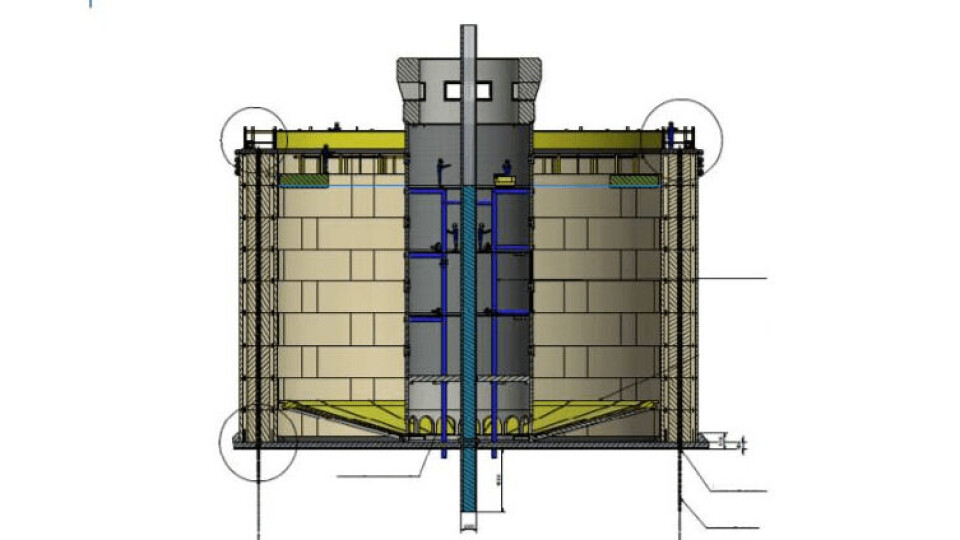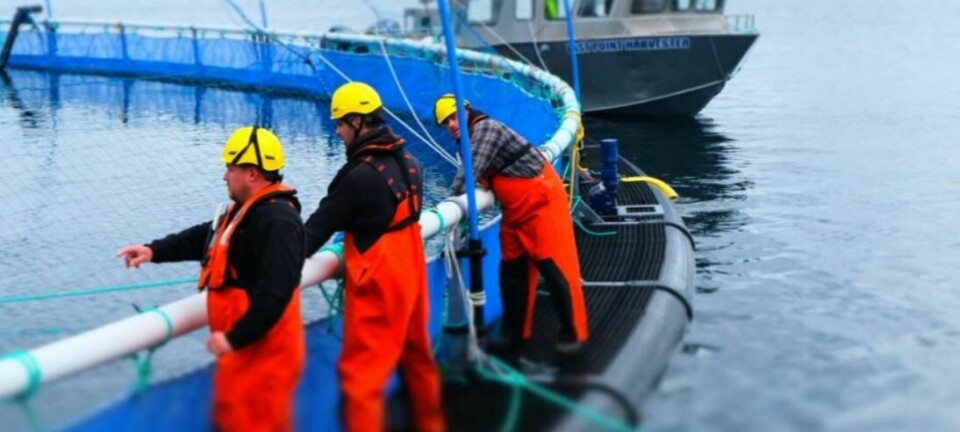
Concrete plans for novel salmon farm take shape
Growing salmon in concrete closed cages could be part of the future of inshore fish farming in Scotland if an exciting new prototype proves viable.
Detailed design work on the Sea CAP is due to be completed this month, with initial plans for a 30-metre diameter and 17-18 metre high structure of 6,000 cubic metres volume.
The prototype will be used for growing smolts up to 1kg but can be scaled up to 50 metres in diameter, which would quadruple the volume to 24,000 cubic metres.
The Sea CAP is designed with an outer and inner wall, creating a buoyancy gap and space for equipment at the upper level.
And as with other sea based closed containment systems, water will be drawn from below the lice layer and filtered on the way in and on the way out.
Innovator
The project was conceived by veteran aquaculture innovator Rodger Taylor, the designer behind the original SeaCap cylindrical concrete barges.
His firm, Aqua Innovation, based in Inverness, has partnered with Northern Light Consulting of Fort William, which helped secure £190,000 from the UK Seafood Innovation Fund for the design stage of the Sea CAP.
Further funding rounds will begin in September or October to take the innovation on to the next stage – building the prototype and then getting it into the water for trials.
Taylor said: ‘There’s significant interest in this from supermarkets, from conservation bodies, everybody wants to see it work. Ideally we will be looking for a farming partner, but we would also consider private investors if the interest was there.’
Read the full story in the latest Fish Farming Expert magazine, available online here.






















































